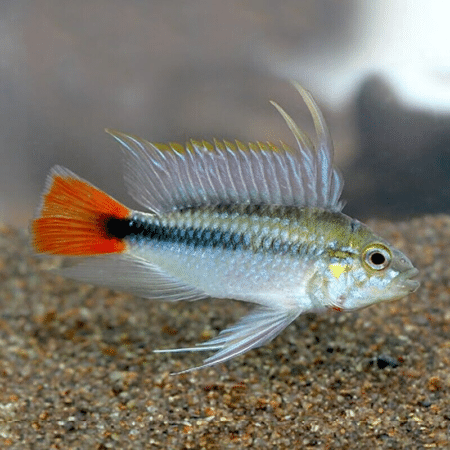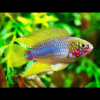To provide the best experiences, we use technologies like cookies to store and/or access device information. Consenting to these technologies will allow us to process data such as browsing behaviour or unique IDs on this site. Not consenting or withdrawing consent, may adversely affect certain features and functions.
The technical storage or access is strictly necessary for the legitimate purpose of enabling the use of a specific service explicitly requested by the subscriber or user, or for the sole purpose of carrying out the transmission of a communication over an electronic communications network.
The technical storage or access is necessary for the legitimate purpose of storing preferences that are not requested by the subscriber or user.
The technical storage or access that is used exclusively for statistical purposes.
The technical storage or access that is used exclusively for anonymous statistical purposes. Without a subpoena, voluntary compliance on the part of your Internet Service Provider, or additional records from a third party, information stored or retrieved for this purpose alone cannot usually be used to identify you.
The technical storage or access is required to create user profiles to send advertising, or to track the user on a website or across several websites for similar marketing purposes.

 Golden Eyes Vampire Crab - Geosesarma Sp. - Decapod Crustacean
1 × £8.71
Golden Eyes Vampire Crab - Geosesarma Sp. - Decapod Crustacean
1 × £8.71 




















Emily Carter (verified owner) –
I recently purchased a pair of Apistogramma Erythrura ‘Red Tail’ for my 20-gallon tank, and I couldn’t be happier! From the moment I introduced them, the male’s vibrant red tail and beautiful markings caught my eye. They were shipped quickly and arrived healthy and stress-free, which is so important for fish welfare. After about a week of acclimation, they began to explore their environment, and I love watching them interact with each other—especially during feeding time!
I’ve kept a few different dwarf cichlids before, but this pair truly stands out for their unique color and behavior. Unlike other cichlids I’ve had, they are less aggressive, making them perfect for a community tank with smaller fish. The female has already started to show signs of breeding behavior, which is exciting!
I would highly recommend this pair to anyone looking to add vibrant life to their aquarium. They are perfect for beginners and experienced aquarists alike, as they’re relatively easy to care for and bring so much joy. Just make sure to provide plenty of hiding spots in your tank!
Overall, I’m thrilled with my purchase and would definitely buy again. Here’s to happy fish and a thriving aquarium!